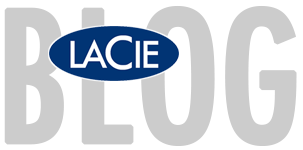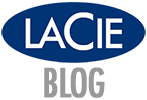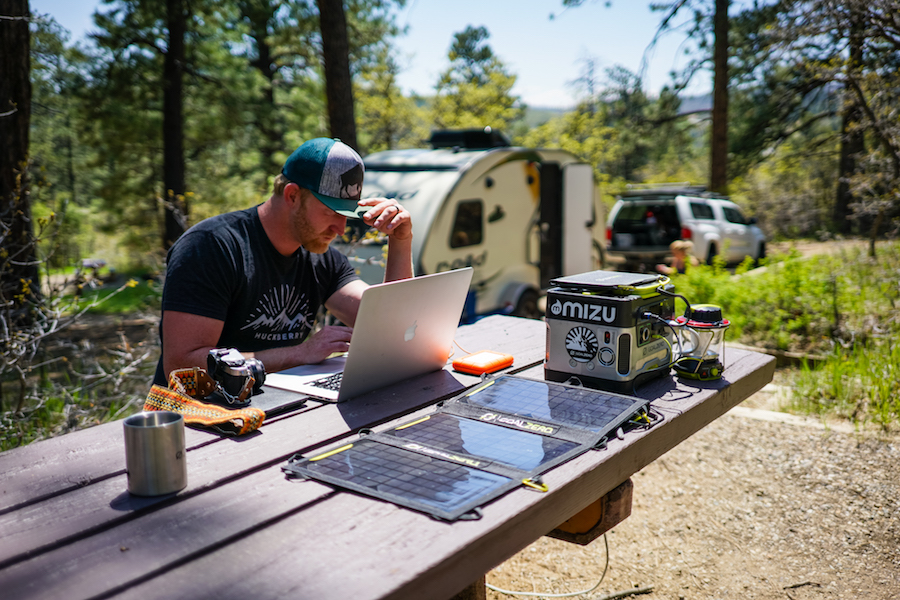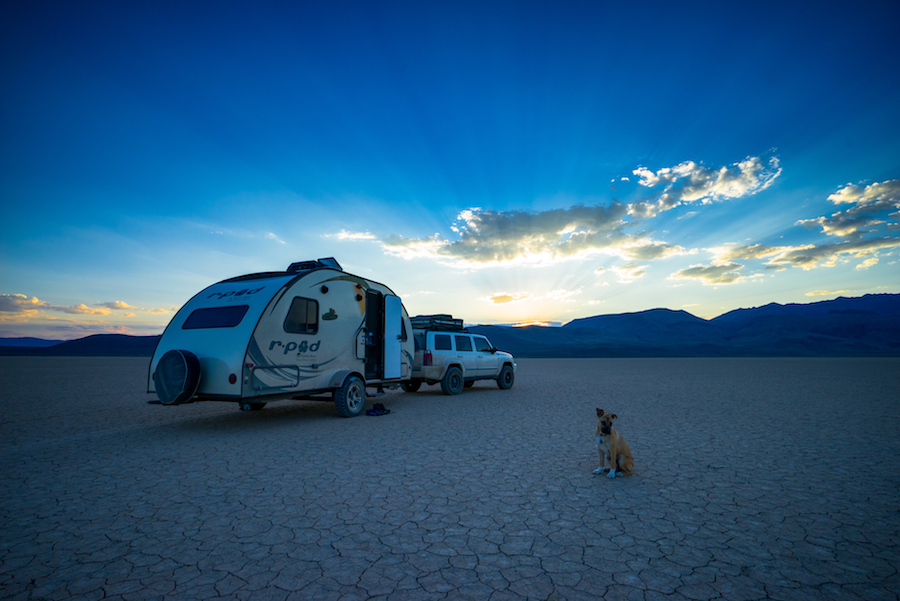We are still wild. These are the four words that greet you when you enter the website of the highly-acclaimed cinematographer, Andy Best. When we sat down with Best to gain some perspective on how LaCie hard drives have enabled his nomadic lifestyle as a creative professional, it was this same reverie for life and all things natural that resonated throughout his stories.
Born in Boise, Idaho and raised in Eastern Idaho, Andy spent his youth surrounded by the natural wonders of the Grand Tetons, Yellowstone, and Jackson Hole. With both his father and grandfather as photographers, you could almost call it fate, then, that at an early age he honed in on the beauty around him and learned ways to capture that essence through a camera lens. After attending film school and working on major sport and outdoor campaigns, he discovered that his career had evolved in a way that would ultimately push him to embark on his greatest adventure yet.
A year and a half ago, Andy and his wife sold most of what they owned and packed the rest of their belongings—and their three dogs, Sequoia, Jax and Lola—into a camper. Embracing a nomadic lifestyle and having the freedom to hunker down wherever, whenever, the photographer is now able to wait out the bad weather, the delays, the mishaps, and go after those goosebump-inducing shots that, under “normal” circumstances, only seem to happen when the camera isn’t around.
Having just arrived in Portland after an assignment in Breckenridge, CO, Andy sat down with us to lend insight on his mobile workflow and how LaCie products have been a game changer. What we walked away with, however, was far more than anecdotes about technology. The moment he begins to speak you realize that Andy truly is still wild.
What inspired you to take your work on the road and live a nomadic lifestyle?
I wanted to simplify things. My wife and I wanted to defy “the expected.” You know—the house, the 2.5 kids, the Costco card. And living like this makes my work so much more enjoyable. Living “normally,” I would only be allotted a short period of time to capture what needed to be captured. Normally, you get to where your assignment is and then you have to turn around and leave. Sometimes you end up spending a lot of funds on these projects, but because of the way things work in this field, you don’t always get the right light, you don’t always get the look you’re chasing after. Living nomadically allows me to set up shop and get immersed in the community, study the area, and wait for ideal circumstances.
When you are on assignment, what hard drives do you rely on for reliability and durability? How do they compare to others you have used?
I’ll tell you about a lesson I had to learn the hard way. A good friend of mine took another brand drive on a project to the Andes and it died, we think due to altitude. I drive all day long sometimes, hike all day long … and my hard drives are always shaking because of that—always. Never once have I had a Rugged drive fail in my day-to-day adventures. I don’t worry one bit with them. No matter if it’s a job that’s $5,000 or one that’s $100,000, that kind of reliability is something I absolutely need. What I tell my friends is that most other portable drives are great for the average person working in an office or at home. They’re consumer friendly. The Rugged drives— they’re professional grade.
On a long, extended photography assignment—what tips do you have to ensure that your files and work are secure?
I always do a double backup. Wherever my home base is at that time, I’ll use the LaCie 5big Thunderbolt 2 RAID system and I always carry around multiple Rugged drives with me to swap in and out of use. I also use water-resistant bins or a Pelican to store my drives when I’m not using them. When I’m on my Mac, I take screenshots of the drive folders I’ve created as proof that my files copied over. That cancels out any confusion about what files have been transferred already.
Can you shoot, edit, and deliver to clients all from your trailer?
Yes, I can do it all from my trailer, and the first thing I do when I arrive someplace is to get a workstation set up so that I can immediately back up and store my files when I come back from shooting. A lot of times, my best work comes when I’m still in that euphoric state, but it’s also good to have time to breathe. If I’m jacked on a project, I don’t go back and pound out the work right then. I use that energy to sit there and appreciate the moment, the interaction, the experience. My grandma was an oil painter and when I’d be painting at her house, she would always tell me to back up six feet, turn around, and then look at the painting again. To this day, that’s the approach I’ve kept with my work.
What is the main message you want to convey with your photos? During post production, how do you know when you’ve finally ‘nailed’ that message?
When you see something and it’s happening right in front of you, that’s experiencing it. My theory is that the very best photographer, even mythically speaking, is only able to capture about 70% of that experience through his or her lens. So, in post production, my goal is always to reach a feeling of 70%. In my life, at my very, very, very best, I think I’ve only been able to portray maybe 50% of the emotion I felt when taking the shot. But everyone’s 50%, 70%, and 100% is different, so it all depends on the person behind the lens and what triggers them.
What is one thing you wish you knew when you started out on this journey?
I’d tell myself “you better do it, because it’s going to be amazing.” Now, it’s not really always amazing, learning to live in a camper. I’ve done some silly things, like unwittingly creating a 30 gallon water leak in my camper while driving down a dusty road with the windows open. The inside of my trailer was essentially mud. It was the worst. But one of my favorite documentaries, 180° South, has this quote that sums up my feelings pretty well: “The best journeys answer questions that in the beginning you didn’t even think to ask.”
You can’t pay your way through a life like this. The RV parks, the comforts, taking shortcuts. You can’t force things to happen. You have to make mistakes and learn. You have to put your camera down and remember to appreciate where you are. And it’s important that you stop chasing, trying to replicate what’s been done. I started out in my photography career chasing. I had to learn to do my own thing and, really, genuinely feel it.




